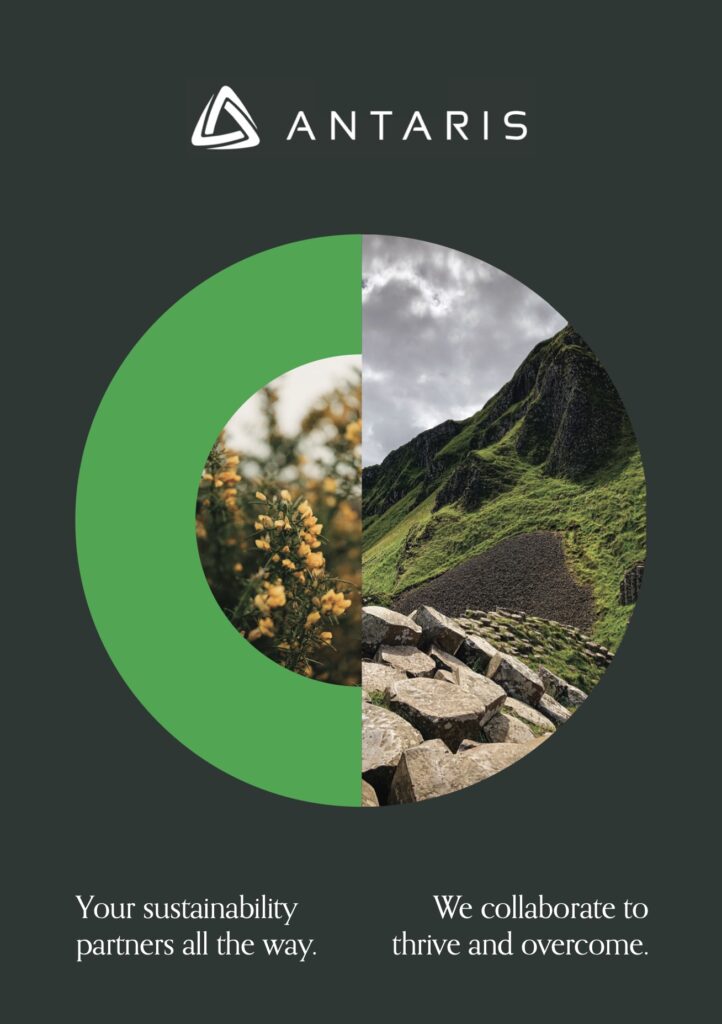How can lean improvements enable an organisation to achieve its sustainability objectives?
Global issues, such as the increased level of globalisation, climate change, resource scarcity, and social and environmental responsibilities, force organisations to act to retain, regain, or sustain their competitive advantages for long-term survival.
Companies compete in markets with increased demand and limited supply that have forced them to manage operations responsibly through the implementation of sustainable practices (Carvalho et al., 2011; Diaz-Elsayed et al., 2013).
One logical approach is to integrate operational improvement initiatives with sustainability practices (Martínez & Javier, 2016)
Lean-driven sustainability could be among the best practices to transform companies into fiscally sound, environmentally conscious, and socially progressive corporate structures. Some researchers emphasize that companies that implemented either of these philosophies are inherently ready to start working toward the other one as well.
Sustainability
In 1969, U.S. Environmental Protection Agency (EPA) published its definition: “Sustainability creates and maintains the conditions under which humans and nature can exist in productive harmony that permits fulfilling the social, economic, and other requirements of present and future generations.”
In 1987, the World Commission on Environment and Development defined sustainability as: “The Development that meets the needs of the present without compromising the ability of future generations to meet their own needs.”
In 1994, John Elkington defined “triple bottom line” or TBL which involves all three pillars of the sustainability concept, also referred to as “Three P’s” or “3P’s”, which stands for people, planet, and profits.
- The environmental pillar promotes the use of environmentally friendly techniques and technologies to deliver harmless products and services.
- The economic pillar’s primary focus is on long-term financial survival, competitive advantage, and profitability.
- The social pillar is the least mature pillar, which aims to fulfill both individual- and organizational-level responsibilities, such as occupational safety, job satisfaction, and contribution to society.
Sustainability or TBL must be coupled with other management approaches rather than handled as a standalone framework. It needs to be incorporated with other management systems and business strategies to ensure economic, environmental, and social sustainability excellence.
Lean Management
Lean management or lean philosophy is the best tool available to academics and professionals, which allows for “doing more with less”.
Murman (2002) defined lean as “The dynamic, knowledge-driven, and customer-focused process through which all people in a defined enterprise continuously eliminate waste with the goal of creating value.”
Companies have started to acknowledge the importance of collaboration and communication on the path to leaner, greener, and more responsible supply chains that have the potential to generate increased economic, environmental, and social gains.
Any organization can implement lean improvements, but for improvement initiatives to be successful, there must be a commitment from management. It is important that management create a culture of continuous improvement so that employees feel empowered to speak their voices and drive improvements.
The critical starting point for Lean is enhancing value. The value should be expressed in terms of a specific product good or service which meets the customer’s needs, at a specific price, and at a specific time. Value is created by the producer, and it is achieved by delivering what the customer needs when it is required, at the best price.
Lean provides a structured methodology that maximizes value for the customer through the elimination of waste from an organisation’s activities.
Lean can be used to examine the entire value stream. The value stream is described as the sum of all the activities completed by an organisation to produce a product or deliver a service.
The elimination of waste is a key underlying principle of lean. It requires moving away from the traditional approaches to process improvement and instead focusing on the product or service provided to the end customer.
A culture of continuous improvement is key to an organisation sustained success in the elimination of waste. Instilling this culture is done by considering three aspects of the business: purpose, process, and people.
An organization’s purpose can only be achieved by continuously providing value to its stakeholders, reviewing where the business is now versus where it needs to be is necessary; i.e a gap analysis.
Having defined the organization’s purpose, the next step is to define their processes that will enable it to achieve its purpose, i.e., the steps which will maximise customer value most efficiently.
Looking across the value stream examine all process steps, see which add value and which don’t eliminate all unnecessary steps if possible. And if not look at how they can be streamlined.
People will be required to drive these processes. Consider what skills and training is required to enable them to perform the processes at the required level to enable customer satisfaction, and involve them in the improvement process.
Use their experience to drive day-to-day problem solving, thus resulting in continuous improvement.
Lean and Sustainability
According to Tasdemir & Gazo, (2018), Lean has started to be linked with sustainability more frequently, due to the increased level of social responsibility and environmental awareness.
Lean is directly connected to the economic sustainability performance of a firm, while its correlation with environmental and social sustainability performance is more indirect.
It has been shown that “lean” companies find it easier to implement sustainability practices than “non-lean” companies, and that “green” companies also found it easier to implement lean than “non-green” companies. There is a positive effect of facilitating the adoption of one initiative when companies have already deployed the other.
Lean and sustainability efforts are cooperative, and lean can facilitate the achievement of sustainability goals. There is a positive correlation between lean to the “green” transformation (Brown et al., 2014).
Many studies have described how lean practices have a positive impact on environmental performance as they typically promote efficient use of resources.
In Summary
Sustainability is here to stay, and sustainability awareness has been increasing recently. Organizations that fail to invest in sustainable operations are prone to fall behind their competitors.
Lean-driven sustainability could be among the best practice to transform companies into corporate structures that are fiscally sound, environmentally conscious, and socially progressive. It has been shown that companies that implemented either of these philosophies are inherently ready to start working toward the other one as well.
Many studies, including the EPA’s publications, conclude that lean and sustainability practices can be combined to strengthen and fill the gaps in each other to achieve truly sustainable outcomes. Hartini and Ciptomulyono (2015) conducted a study among Shingo Prize (America’s most prestigious Lean award) winners and found that higher environmental performance results were present for corporations with implemented lean systems.
Sustainability needs to be incorporated with other management systems and business strategies to ensure economic, environmental, and social sustainability excellence. Many studies have described how lean practices have a positive impact on environmental performance as they typically promote efficient use of resources.
There is a positive effect of facilitating the adoption of one initiative when companies have already deployed the other. Lean is believed to focus on the workplace while sustainability concepts stand out with its broader structure.
Lean tries to achieve a certain level of efficiency and effectiveness through waste minimization, while sustainability aims to achieve compliance with laws, regulations, standards, and expectations of stakeholders by minimising negative impacts of processes and activities on the environment, society, and assets.
Lean philosophy could serve as a catalyst to promote better sustainability performance, as almost all lean tools can deliver direct or indirect sustainability gains. Lean and sustainability can co-exist and contribute to financial, environmental, and social improvements.


